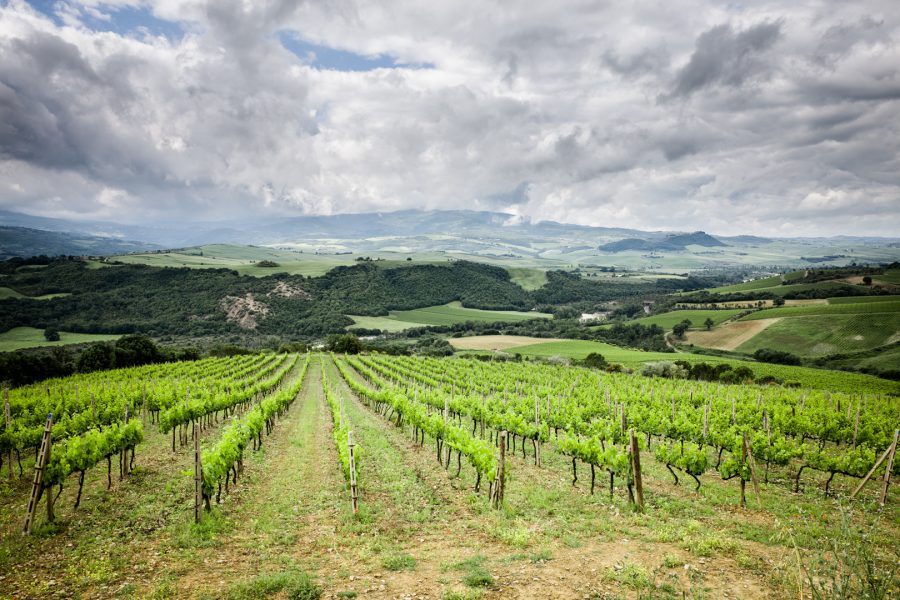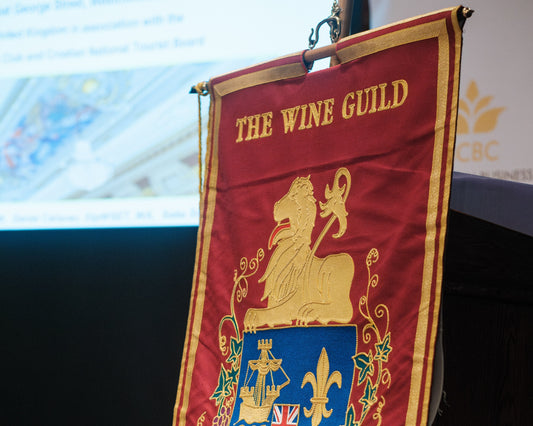| At a virtual meeting held online on 3rd May 2021 winemaker members of Montalcino Bio, a body founded in 2015 to assist and develop organics and environmentally sound practices in Montalcino (be these for the local wine, sheep’s cheeses, honey, agri-tourism, wineries or other cultural destinations) gathered to discuss a tree-planting initiative for the region’s school children. Half the region’s wineries are certified organic or Biodynamic or are in conversion. Vines have evolved on the edge of forests, using tree trunks as climbing frames in order to capture the necessary sunlight required for pulp and seed ripening. It is a region steeped in the awareness of its arboreal heritage. Almost the first thing the local school children learn in Montalcino is that their town is thought to derive its name from the Latin Mons Ilcinus or Mount of the Evergreen or holm oak tree. A coat of arms for Montalcino dating from the 14th century made from onyx shows the holm oak and can be seen in the town’s Civic and Diocesan Museum of Sacred Art. The town’s current coat of arms features a holm oak atop three mountains. In addition, Montalcino, which is the largest commune in Siena province in terms of surface area, has more land under forest now than it did in the late 18th century. The underlying idea behind the meeting was that if an already well-forested area such as Montalcino still saw the need to plant more trees to sequester carbon, then other wine regions might follow its lead. Katia Nussbaum co-founded the organic San Polino estate with her husband Luigi Fabbro whose CV includes stints mapping biodiversity in the Amazon. Nussbaum pointed out that soil in this type of forest-edge environment is typically rich in mycorrhizal fungi. These organisms play a key role regarding vine and other plant nutrition. Nussbaum added that a study of how to facilitate mycorrhizzal relationships would be worthwhile in order to examine the potential role of these fungi in sustainable – and/or the even more desirable regenerational – viticulture. Mycorrhiza form very extensive underground networks, or communities, which reach out widely, potentially extending for several miles. In terms of the utilization of nutrients within this network, they function in altruistic ways. This sense of natural and to all intents unseen altruism was deemed to set a positive example both socially and environmentally for the school children to learn from, especially since the likelihood is that some of them are destined to become the next generation not only of the Brunello region’s viticulturists and winemakers but hoteliers, restaurateurs and public officials too, all of which professions require multi-disciplinary team thinking. The option of planting hemp was raised because, as one of the world’s fastest growing plants, it is a notably voracious sequesterer of atmospheric carbon. The plant was also traditionally grown in Montalcino to produce flax. The fibres had to be dried outside under the sun on cane mats from which the Canapaccia winery gets its name. Other local wineries bearing the name ‘capanna’ refer to the overhead canopy or capanna needed to keep the rain off. However, trees rather than hemp won the day. Monty Waldin is an author and broadcaster. He has written books on both organic and biodynamic wine and biodynamic gardening. He currently hosts the English language Italian Wine Podcast. |
Montalcino Bio-Tree Planting




